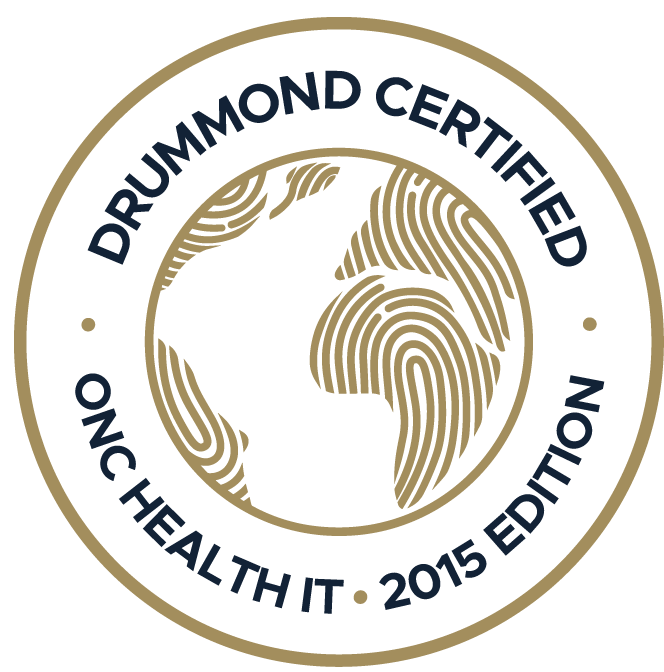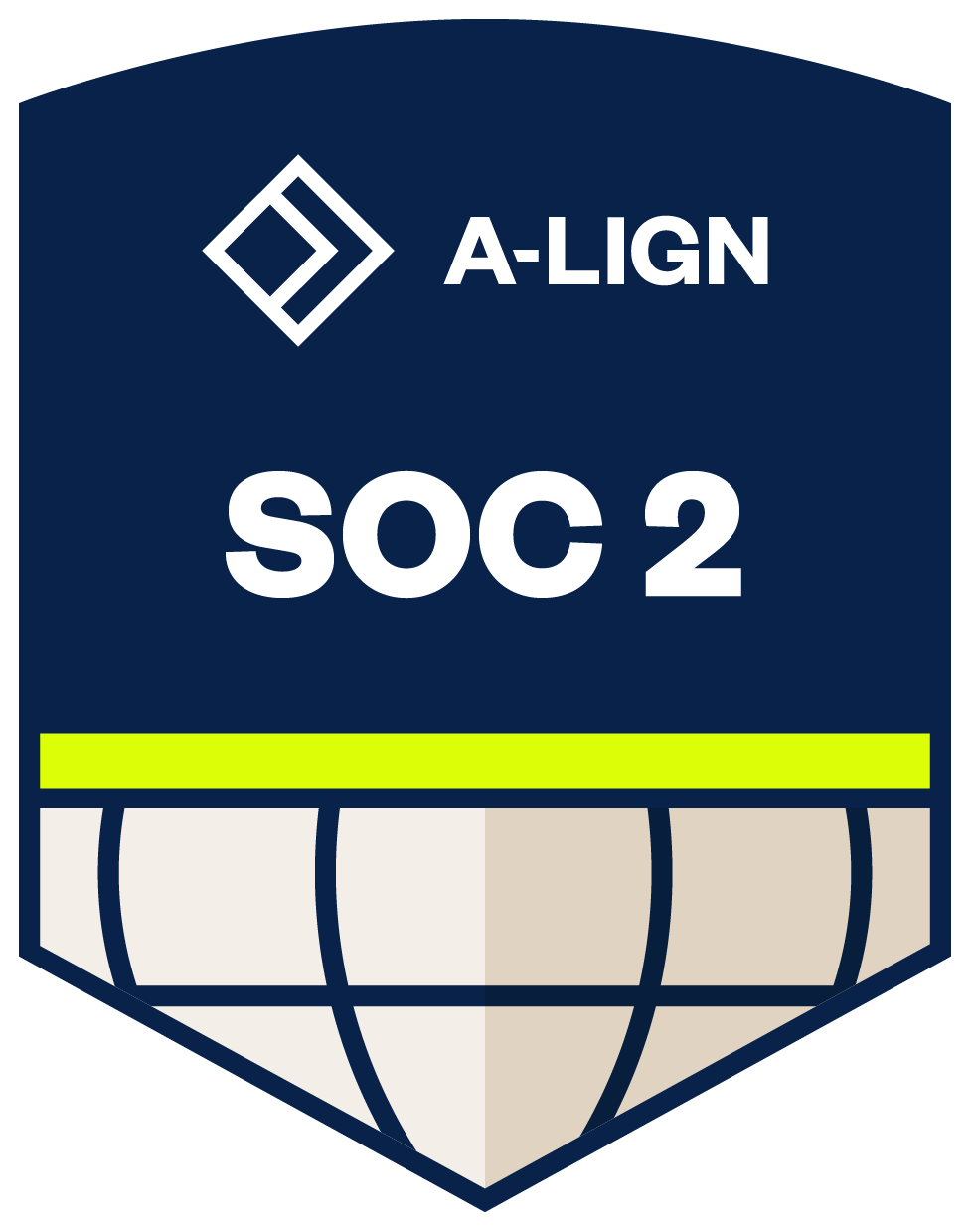Is your practice struggling to overcome operational bottlenecks despite trying everything from hiring extra staff to outsourcing certain tasks? A reliable healthcare practice management software might be the answer...
The healthcare journey ends before it even starts for patients who can’t properly communicate with their doctors. In the U.S. alone, 25.7 million people struggle with limited English proficiency (LEP). And it's more like a healthcare crisis than a language issue. Luckily, more and more multilingual EHRs are integrating global AI scribes to help put an end to this crisis.
The demand for multilingual EHRs with multilingual AI scribes is also fueled by the fact that patients with LEP are 35% more likely to experience serious medical errors, face longer hospital stays, and are more likely to be readmitted. This means the language barrier is (in a true sense) a barrier to optimal patient care.
To bring language barriers down and improve patient communication and care, AI translation tools, like global AI scribes, are now playing an important role. And leading the charge is Practice EHR’s AI Scribe, which can transcribe in over 20 languages. Read on as we get into the nitties gritties of what a multilingual EHR AI scribe is and how it can improve patient care!
Key Takeaways
- Multilingual EHRs bridge language gaps. This can help improve patient care for non-English speaking communities.
- Clinics using global AI scribes have seen faster notes, smoother workflows, and happier patients.
- Practice EHR’s multilingual AI scribe supports 20+ languages, like Spanish, Arabic, and French, to help doctors serve diverse communities.
What is a Multilingual EHR AI Scribe?
If your clinic works with diverse populations, you’ve likely struggled with language gaps and documentation overload. A multilingual EHR AI scribe is designed to take both out of the equation. It's more than just speech-to-text. It’s a smart, multilingual EHR assistant that listens, understands, translates, and documents your clinical conversations in seconds.
Let’s break down what a global AI scribe actually is!
● What Is a Multilingual EHR AI Scribe and How Does It Work?
At its core, a multilingual EHR AI scribe is a digital assistant powered by AI, speech recognition, and large language models (LLMs). It listens to doctor–patient conversations, understands medical context, and generates accurate notes, just like a human scribe, but faster and multilingual.
Here’s how a reliable multilingual AI scribe works:
- Automatically transcribes spoken clinical encounters
- Uses AI translation to switch between languages and dialects
- Deliver accurate notes in the desired language at the end of the visit
An efficient global AI scribe is designed for speed, scale, and precision, especially in telehealth note-taking, where clarity cannot be compromised.
● Why Is Multilingual Support Important for AI Scribes?
Diversity is reality. And AI tools that align with this narrative are becoming a core part of modern EHRs. Unlike traditional scribes, a global AI scribe can handle clinical conversations in English, Spanish, Portuguese, Arabic, and even regional dialects. That means no more “lost in translation” moments.
Multilingual AI scribes are essential for modern clinics because:
- 7 million people in the U.S. have limited English proficiency (LEP)
- Patients with LEP face a 35% higher risk of adverse events
- Manual interpretation is expensive, slow, and often error-prone
A multilingual AI scribe helps bridge that communication gap. It preserves nuance, improves trust, and ensures the patient-provider conversation is documented correctly across languages.

The Cost of EHR Gaps: Why are Traditional Scribes a Problem?
Relying on traditional scribes or manual note-taking in 2025 could be costing your practice more than you think. That’s especially true when you’re serving diverse populations. From time drain to translation risks, the cracks in old-school workflows are too risky to ignore.
Here’s what’s seriously wrong with traditional scribes & how multilingual EHRs, like Practice EHR give you a way out!
1. The Unbearable Burden of Documentation
Doctors embraced EHRs to get rid of administrative tasks. But they’ve become a daily uphill battle. According to a well-known time-motion study, doctors now spend 49.2% of their clinic day on EHRs and only 27% actually with patients. That’s nearly double the time with screens vs. people.
So, it’s no surprise that physician burnout is tied directly to documentation overload. When your clinical day is split between forms, checkboxes, and endless clicking, patient care takes a backseat. Traditional scribes help a bit, but only in one language. And that’s not enough for today’s complex, multilingual workflows. Only a reliable multilingual AI scribe is the solution.
2. After-Hours Work Has Become a Curse for Clinicians
Even after the last patient leaves, the work doesn’t stop. A study claims that many doctors still log 1–2 hours every evening to finish their notes. This is what’s now famously called “pajama time.” It’s exhausting, unsustainable, and a major trigger for burnout among doctors.
Fueling the raging fire, traditional scribes cannot serve diverse populations (which adds more to the after-hours documentation workload). Such clinicians can cut this “unnecessary” after-hours workload by using an AI translation tool, like a multilingual AI scribe.
And when your global AI scribe can handle more than one language? That’s a bonus for elder care AI scribe use cases, where multilingual support often matters most.
The Benefits of a Multilingual AI Scribe (Beyond AI Translation)
While a global AI scribe can help automate the otherwise time-consuming and tiring note-taking process for doctors who serve diverse populations, it’s just one piece of the pie. The downstream benefits of using a multilingual AI scribe are truly transformational when it comes to patient care. Here’s how!
1. Doctors Are More Focused and Happier with a Multilingual AI Scribe
Physicians are tired, not just physically, but mentally, from putting in manual work with traditional EHRs all day. According to a 2024 Medscape survey, 61% cite charting as their #1 burnout trigger. A global AI scribe can be a game-changer here.
In our internal study with 29 physicians and clinic owners, we found that our multilingual AI scribe helped doctors reduce time spent stressing over documentation by 63%. In short, multilingual AI scribes can help doctors reduce their documentation-related stress and focus more on patients. That’s the kind of multilingual EHR support every modern clinic needs.
2. Global AI Scribes Can Improve Patient-Provider Communication (and Trust)
Patients notice when you’re fully present (mentally) during a visit. And they notice when you’re not. The difference can make or break communication and trust between the two of you.
In a 2024 study published in NEJM Catalyst Innovations in Care Delivery, 81% of patients said doctors spent less time looking at screens during visits when they were using ambient AI scribes. The same can be assumed for diverse populations, where doctors can interact more with their patients while the global AI scribe automates notes with AI translation.
This study aligns with our internal findings, where doctors report 56% more time for patient interaction after using Practice EHR’s AI Scribe. So, what does more patient interaction mean? It means patient start communicating more with their doctors, which boosts trust—the foundation of all relationships.
3. Multilingual EHR AI Scribes Can Speed up Notetaking so That You Can See More Patients
Modern multilingual AI scribes are insanely good at speeding up the notetaking process (which otherwise takes most of the visit time). When you let AI take the driving seat, notetaking automates and visit times shrink. And this means you can see more patients in a day.
But with speed comes quality concerns. It turns out that ambient AI scribes are good at that, too. A 2025 study has shown that there is almost no difference when it comes to the note quality generated by manual scribes and AI scribes.


Practice EHR AI Scribe Supports 20+ Languages.
If your clinic serves a diverse community, a one-language EHR won’t be of much help. That’s why you need Practice EHR’s multilingual AI scribe that bridges language gaps, cuts documentation time, and frees up doctors to divert their time and energy to patient care.
From Spanish and Portuguese to Chinese, Arabic, and French, Practice EHR supports over 20 languages. It is one of the most potent global AI scribe solutions available today. Partnering with a multilingual EHR, like Practice EHR, can give you your personal time back. Delaying it will only push you down the rabbit hole of constant stress and fatigue.
Request a free demo today and see how our multilingual EHR tools can simultaneously make your day at the clinic stress-free and productive!
FAQs
A multilingual AI scribe is a digital tool that uses AI translation and speech recognition to transcribe patient visits in multiple languages.
A multilingual EHR captures clinical notes in the patient's native language. It reduces misunderstandings, builds trust, and improves health outcomes for non-English speakers.
Practice EHR’s AI Scribe supports over 20 languages, including Spanish, Chinese, Portuguese, Arabic, French, and more. It is the best multilingual EHR for international clinics and diverse communities.
Topics: Patient Care, Small Practice, EHR Solution, Specialty-Specific EHR, digital age, HIPAA Security, Industry Update, Medical Billing, Medical billing services, EHR, Technology in Healthcare, EHR Features, AI Scribing, Multilingual AI Scribe
RECENT POSTS



TOPICS
- EHR Solution (191)
- EHR (124)
- digital age (117)
- Patient Care (116)
- Medical Billing (110)
- Specialty-Specific EHR (110)
- Industry Update (97)
- Technology in Healthcare (84)
- EHR Features (79)
- Small Practice (77)
- Medical billing services (72)
- HIPAA Security (62)
- Integrated EHR (62)
- RCM (62)
- New Technology (44)
- Cloud-based EHR (43)
- Telemedicine (42)
- Healthcare Office Management (40)
- Practice EHR News (38)
- Kiosk (31)
- Revenue Cycle Management (28)
- AI Solutions (23)
- ePrescribing (21)
- AI Scribing (16)
- Best EHR Software (16)
- EMR (12)
- Practice Management Software (12)
- AI-powered Medical Billing (10)
- Client Favorites (10)
- Practice Automation (10)
- TeleVisit (10)
- The ONE (10)
- AI EHR (9)
- Switching to New EHR (9)
- MACRA/MIPS (8)
- Patient Portal (8)
- Urgent Care (8)
- AI Scribe (7)
- Best EHR Practice (7)
- EHR Integration (7)
- Psychiatry EHR (7)
- E-Prescribing (6)
- Product Updates (6)
- events (6)
- AI scanning (5)
- MIPS (5)
- Automated Health Tools (4)
- HIPAA (4)
- Insider (4)
- Internal Medicine EHR (4)
- MIPS Reporting (4)
- Mobile EHR (4)
- Orthopedics EHR (4)
- Podiatry (4)
- Podiatry EHR (4)
- Telehealth Platform (4)
- Chiropractic EHR (3)
- Digital Experiences (3)
- EHR Flaws (3)
- EHR Implementation (3)
- EHR for Chiropractors (3)
- EHR for Small Practices (3)
- Family Medicine EHR (3)
- Integrated Practice Management (3)
- Medical Practice Management Software (3)
- Patient Check-in Kiosk (3)
- PracticeEHR GO App (3)
- Regulatory Updates (3)
- Telehealth Platforms (3)
- Clearinghouse (2)
- Dermatology EHR (2)
- EHR Scheduling (2)
- Eligibility Verification in Medical Billing (2)
- Foot and Ankle Care (2)
- Foot and Ankle EHR (2)
- Health records 101 (2)
- Medical Coding Services (2)
- Medical Credentialing (2)
- Multilingual AI Scribe (2)
- Quality of Patient Care (2)
- Reporting Under MIPS (2)
- Risk and Liability in Medical Settings (2)
- What Works Clearinghouse (2)
- AI Scan (1)
- Bariatric EHR (1)
- Behavioral Health Practices (1)
- Billing Communication (1)
- Billing for Private Practices (1)
- Cardiology EHR (1)
- Cash Flow (1)
- Cashless Payments (1)
- Charting (1)
- Data Security (1)
- Dos and Don'ts (1)
- EHR Guides (1)
- EHR KPIs (1)
- EHR Questions to Ask (1)
- EHR Transition (1)
- EHR for Chronic Illness (1)
- EMR vs EHR Difference (1)
- ENT EHR (1)
- Endocrinology EHR (1)
- Family Medicine (1)
- Gastroenterology (1)
- Gastroenterology EHR (1)
- General Surgery EHR (1)
- Geriatric AI scribe (1)
- Geriatrics EHR (1)
- Guides (1)
- Healthcare Compliance Certification (1)
- Healthcare Practice Office Management (1)
- Help Center Videos (1)
- Insurance Reimbursement (1)
- KPI (1)
- Key Performance Indicators (1)
- Lab Processing (1)
- MACRA (1)
- Medical Billing Partner (1)
- Nephrology EHR (1)
- Neurology EHR (1)
- Pain Management EHR (1)
- Pediatrics EHR (1)
- Physical Therapy EHR (1)
- Practice Cash Flow (1)
- Practice Efficiency (1)
- Pulmonology EHR (1)
- Reconsider Your EHR (1)
- Simplify Practice Management (1)
- Staffing in Healthcare (1)
- Switch Medical Billing Providers (1)
- Urgent Care Medical Billing (1)
- Urology EHR (1)
- Voice-Activated AI Scribe (1)
- insurance claim denials (1)
%201.webp)









